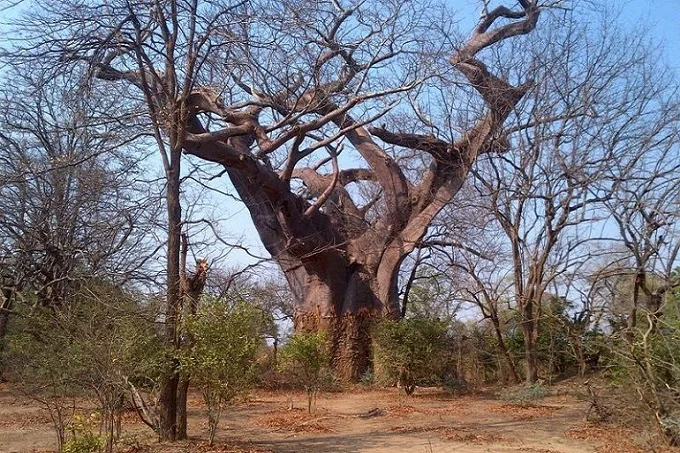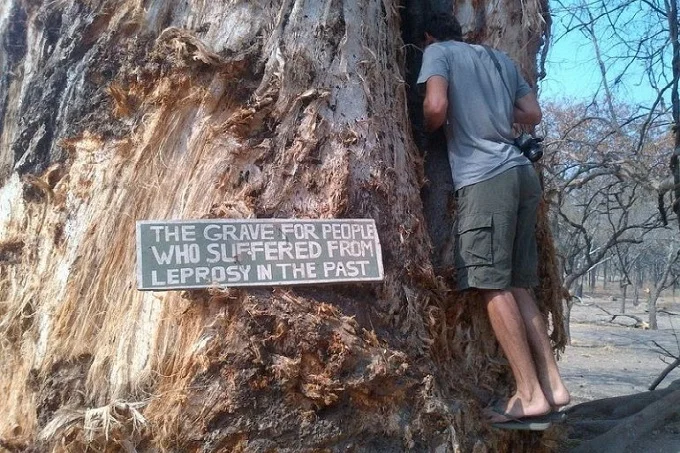The leper tree in Malawi

In Malawi, there is a tree that is used to bury people that died of leprosy. Leprosy is a treatable illness, yet it killed thousands of people less than seventy years ago.
Leprosy became a severe concern not just in the poorer nations of Africa and Asia but also in Western Europe, by the end of the 17th century. The lepers were hampered by society due to a lack of awareness of the nature of the illness, a lack of treatment, and the deformity that commonly affected the patients. Leprosy patients were forcefully driven from their villages, secluded, and sometimes killed.
Lepers were not allowed to be buried properly in Malawi, a nation in southern Africa. They were not buried in the earth but were either hanged from cemetery trees or tied up and put into a hollow tree, where they died slowly. This was done to avoid illness contamination on the ground. All of this occurred sixty years ago in the hamlet of Liwonde.

According to the legend, nine members of the local tribe contracted leprosy. The individuals were tied up and dumped into a hollow within a giant baobab on Chinguni Hill, which became known as the “Leprosy Tree,” to prevent the illness from spreading.
The iconic tree is still standing today, having grown to a respectable size. The tree’s bark has grown scarred and worn with time, and a handwritten placard says, “the grave for people who suffered leprosy from the past.” Stick your head inside, and you’ll see skulls and skeletons at the bottom.






